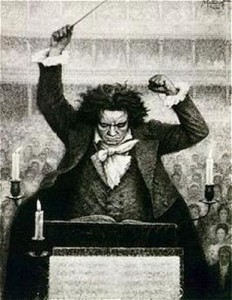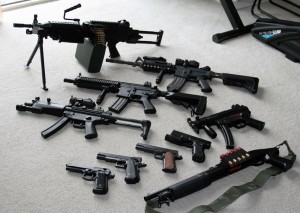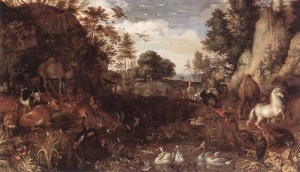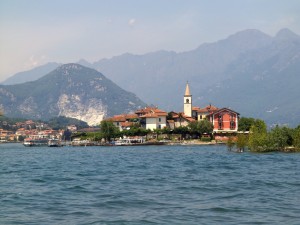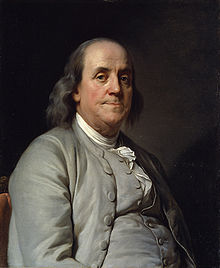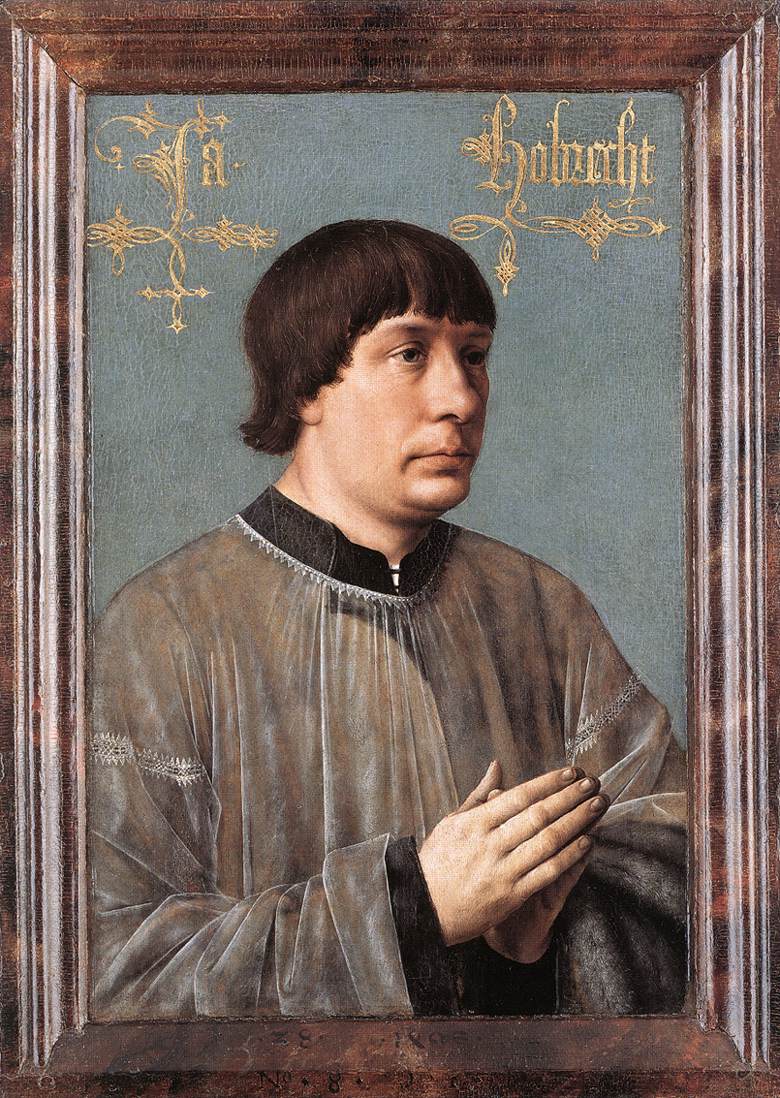
I have always enjoyed listening to the mostly forgotten music of composer Jacob Orbrecht.I admit finding out about the composer quite by accident. He came from a small town in the Netherlands that attracted my curiosity for other reasons.
But his music stands out, ethereal, and somehow almost shamanistic, especially the music he wrote for the dead, i.e. masses. The town, in the 14th century,was bustling with trade and indutry. Then plague hit and strangely, nothing prior to the 15th century seems to be extant, even though we know that the town was a well known trade hub in the prior century.
What about the dress of the plague doctors – I believe that may be a clue. My belief is that the historians were wrong about much of the “Black Death” I have watched the usual “History channel” promotions and even though I know epidemiologists and they tell me my hunches are wrong, I believe at some later date, scientists will start to seek avian evidence from the 14th century ( detritus in their ancient nesting places) and be quite surprised to find that , with all the supposition they have given to their Black Death theories, there seems to be a profound lack of contemporary accounts of dead mice.
Sure we know that 1/3 of Europe died in the Great Plague of 1347-1352. For such a terrifying event , filled with stress beyond belief, why would so many so called Plague Doctors dress in odd Bird like masks?
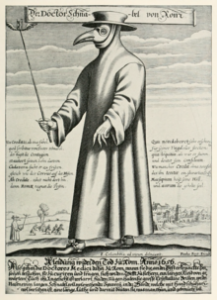
We are led to believe the rats were the cause,or rather, the fleas from the rats that came with the ships into the old Italian port cities of Genoa Milan., so forth. Go to any port town today and witness the birds that flock around the ships. Why have no scientists sought out examining the bones of birds that can be dated to this period? Perhaps it could be something to consider.
But I digress. The Plague Doctor (Italian: medico della peste, Dutch: pestmeester, German: Pestarzt) was a true spectacle.Donning the 14th century version of the HazMat suit, these “doctors” were usually hired hands, meant to scope out the truly horrifying outbreak areas, hired by the powers that be to report and quarantine the areas the city fathers feared to inspect personally.
Just as we have seen in modern days,as “clean up crews” contain nuclear accidents, (only to later die of radiation posioning), these Plague doctors had a high incidence of death. Might the city fathers have purposely designed the avian head garb, knowing full well the Plague was associated with birds, not rats? Might the heavy cloaks these fellows wore have been actual carriers of an avian flu tha is lost to history today? Should attention be cast on old pigoen nesting sites nestled in Gothic era cathedrals , not human graves? Surely Thomas, its a long shot, my scientist friends say.
I quietly counter that nobody has demonstrated one rodent skeleton from the time to prove their theories of Bubonic Plague I was force fed all my life. The 14th century human skeletal remains found in European mass grave sites still remain our greatest hope to coming up with root casual agents for the wholesale die off, they say. But still. we need to look to the birds as a possible prime suspect I counter.
We may look closely at the eves and archers mounts of the 14th C buildings and seek our answers in where pigeon and sea birds made their nests over the last 6 centuries. The cathedrals and palaces remain a potential treasure site where perhaps, such evidence may lie. . The town where Orbrecht was born is a point of study for me. I have been there a number of times, investigating our feathered friends of the sky, seeking answers outside of the Universities and labs, studying the old market squares, including this Netherlander city. where pigeons still gather in the ancient city center. The well known 14th century die off sites in Europe include Avingon, Genoa, Venice Paris, London. etc. In the case of Orbrecht, his hometown( Ghent) was a die off site in the preceding century before he was born. It is written in the city records of the time.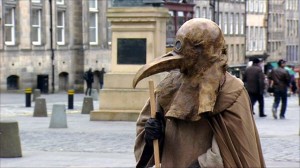
Happening upon such a ethereal composer as I seek other knowledge is a side benefit that comes with the thrill of discovery. He probably did not know much about what had happened to his forefathers, just like most people do not know much of what lies beneath their very feet, or for that matter, what their forefathers did in the preceding century. When I tell people that San Francisco had a plague before and during the Great Earthquake and Fire of 1906, they are startled. Its true and the information is readily available. When I tell them that history is full of mysterious plagues followed by cleansing fires, they ask for evidence. Its all there. London 1664-1666, SF 1900-!907,. etc etc etc. Rinse and repeat. — T. Andrew Schoenberger
